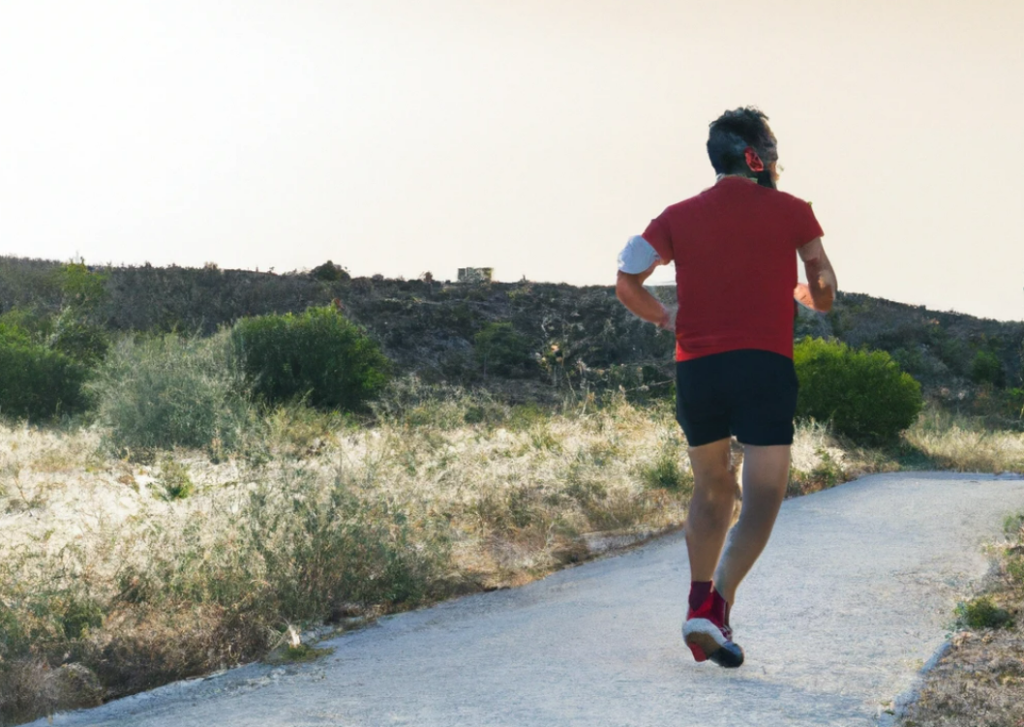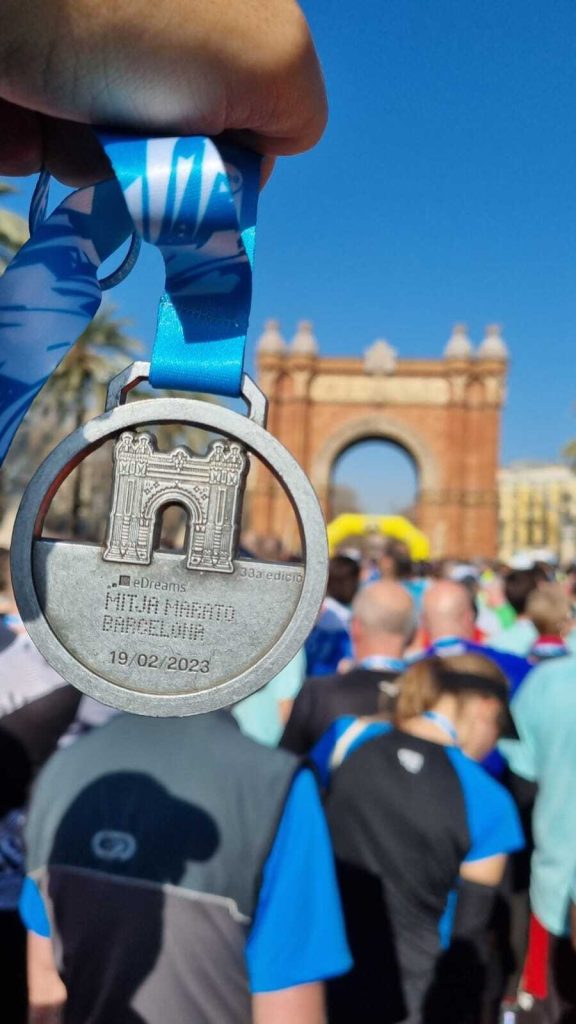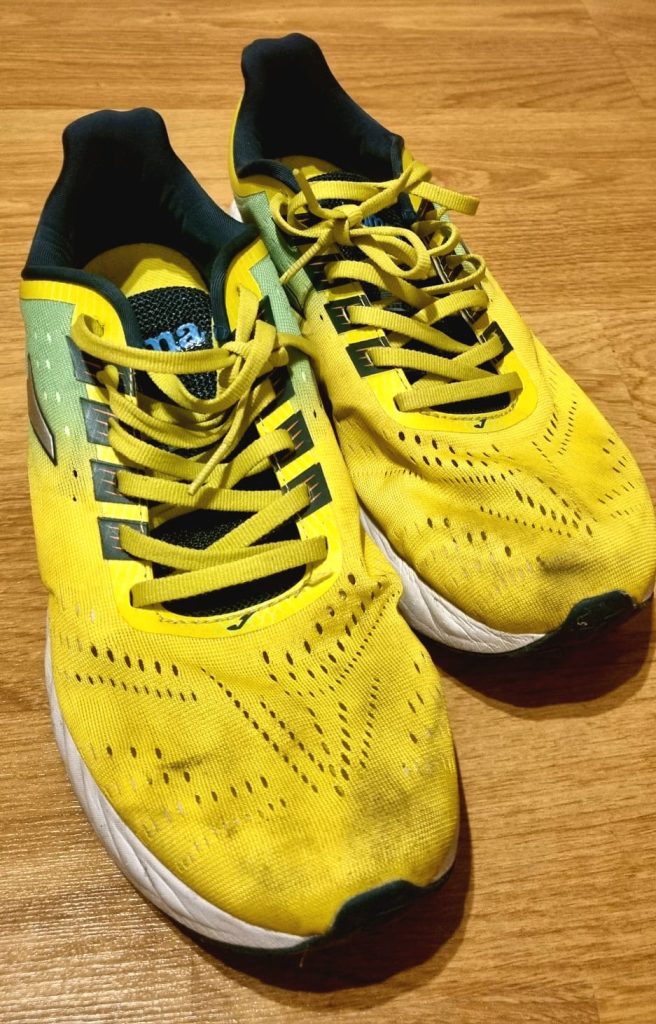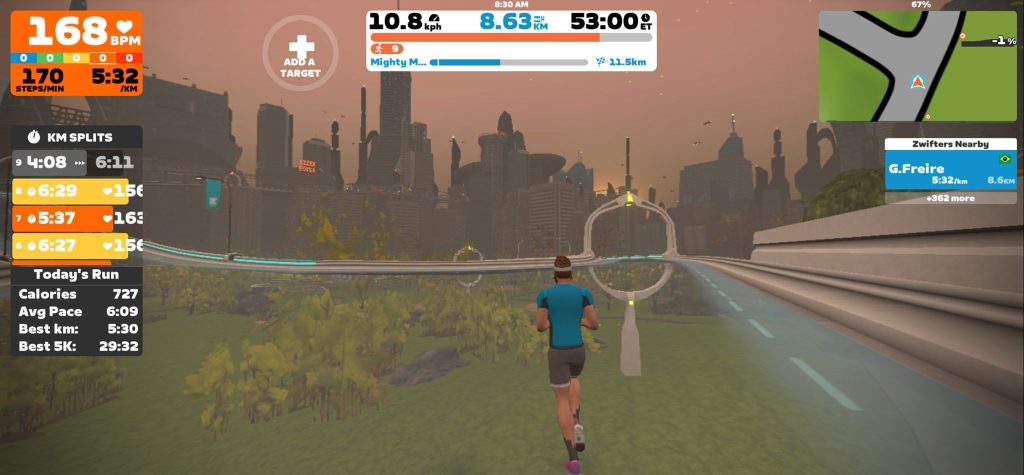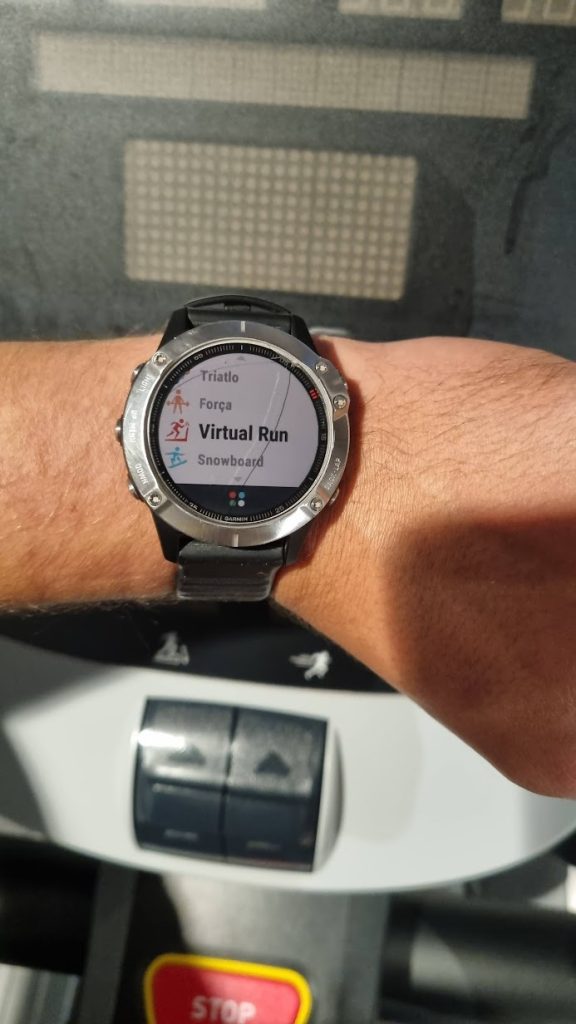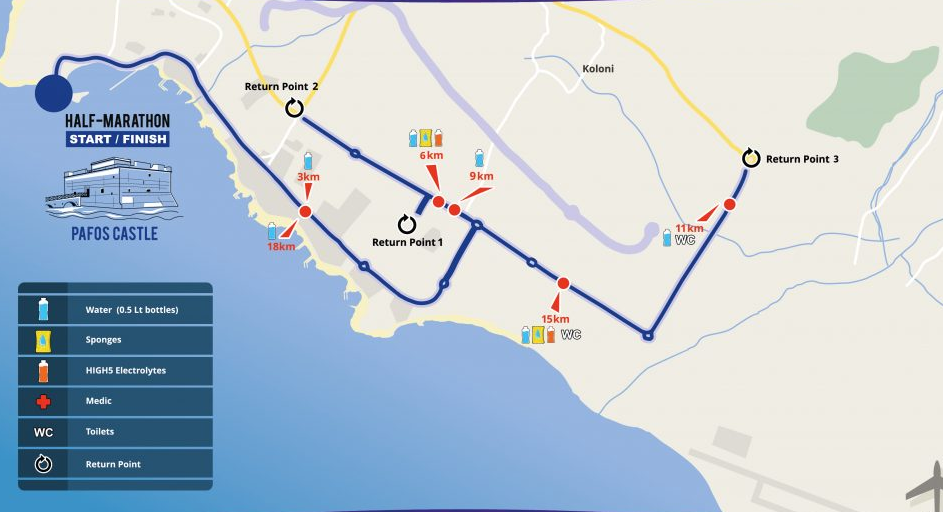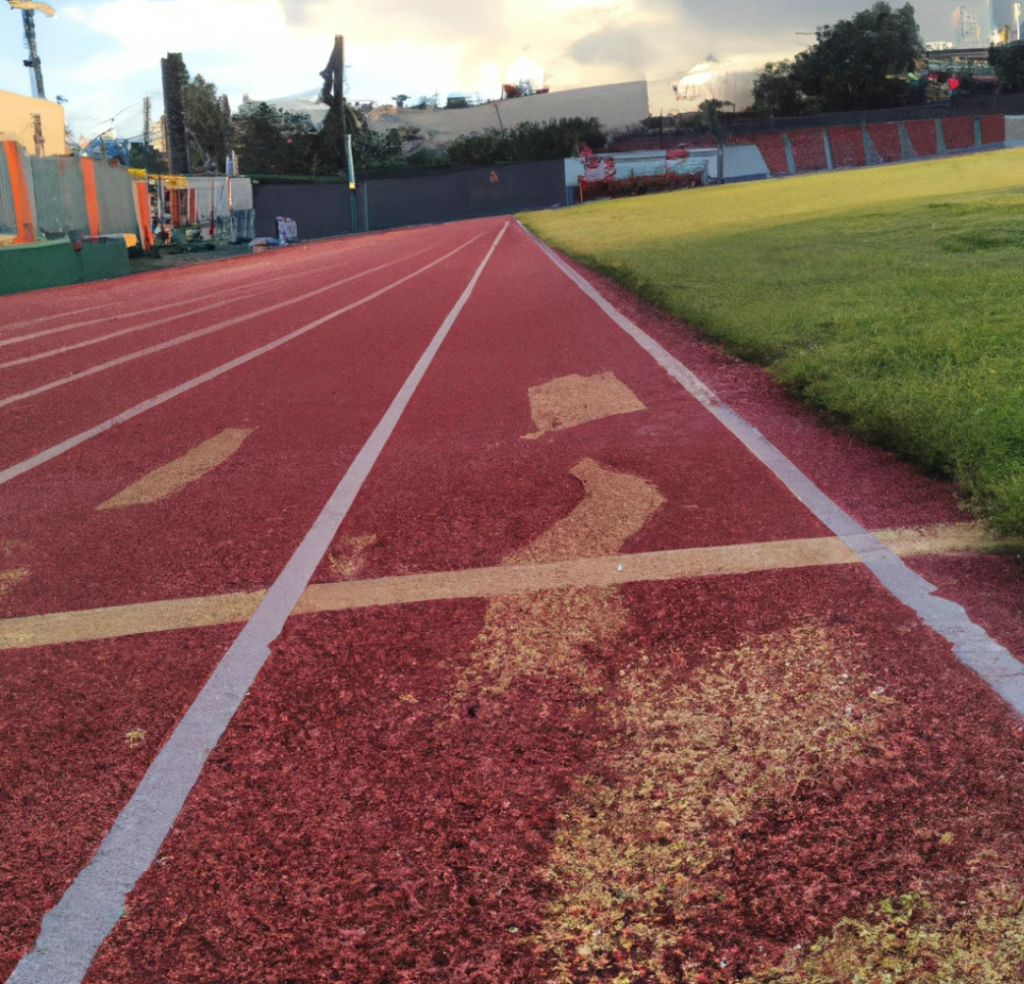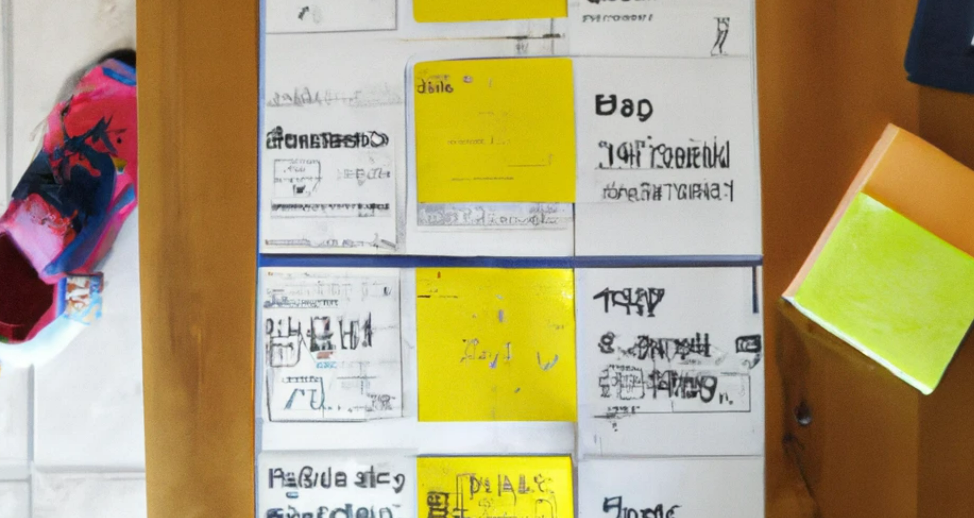Hey there, fellow runners! Have you ever wondered how to make the most out of your long runs while prepping for a marathon? Well, you’re in luck! Recently, I embarked on an exciting new adventure: preparing for the Finland Marathon. This journey has been a treasure trove of fresh insights and strategies that I’m thrilled to share with you. My long runs usually take place on weekends, a perfect time to focus on building endurance without the usual weekday distractions. These runs have become the backbone of my marathon training, helping me push my limits and fine-tune my technique.
From discovering the best running routes to experimenting with different nutrition and hydration strategies, each long run has been a unique learning experience. Have you ever tried switching up your hydration plan mid-run, or found a new route that makes the miles fly by? In this ultimate guide, I’ll dive into all the tips and tricks I’ve picked up along the way. So, lace up your running shoes and join me on this journey—let’s make your next marathon the best one yet!
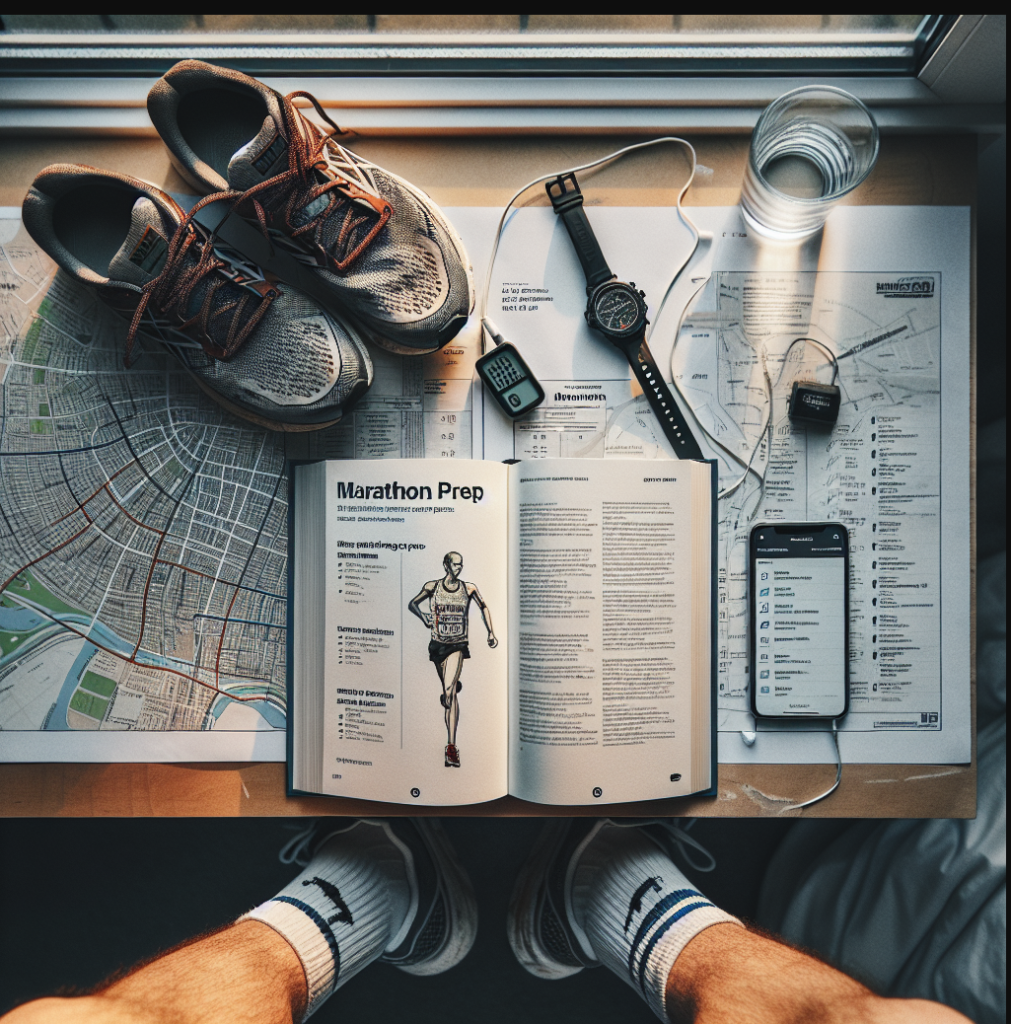
Marathon Preparation
Starting your marathon preparation can seem daunting, but trust me, it’s all about taking that first step and building from there. With 12 weeks to go until your 42km race, you have ample time to train efficiently and avoid burnout. Begin by setting a weekly schedule that includes a mix of long runs, shorter runs, and rest days. Remember, consistency is key. Your long runs will typically be on weekends, just like mine, where you can focus on building endurance without everyday distractions. Make sure to gradually increase the distance of your long runs each week. For example, start with a 10km run in the first week and add 2-3km each subsequent week. This progressive approach helps condition your body and mind for the big day.
One of the most valuable lessons I’ve learned is the importance of incorporating varied training techniques. Mix in some interval training, tempo runs, and even cross-training activities like swimming. Speaking of swimming, have you ever tried cross-training in the water? It’s a fantastic way to build endurance while giving your joints a break. Additionally, never underestimate the power of a good warm-up and cool-down routine; this can significantly reduce your risk of injury. Speaking of which, be sure to check out these injury prevention techniques to keep you running strong throughout your training. So, lace up those running shoes, create a plan, and stick to it. You’ve got this!
Essential Gear for Long Runs
When it comes to long runs, having the right gear can make all the difference between a grueling experience and a fulfilling one. Over the years, I’ve experimented with various pieces of equipment, and I’ve finally found my go-to essentials that I never hit the road without. First off, let’s talk about my Apple Watch Ultra. This nifty gadget is a game-changer for tracking my pace, distance, and even my heart rate. Whether I’m running in the city or exploring new trails, the GPS accuracy has been a lifesaver. Plus, the battery life is impressive, lasting through even my longest training sessions.
Footwear is another critical component. Trust me, investing in a good pair of running shoes can save you from a world of hurt. I’ve been a huge fan of the Hoka Carbon X3. These shoes offer incredible cushioning and support, which are essential for those extra miles. They’ve made a noticeable difference in my performance and recovery time. Speaking of recovery, I always carry a hydration pack filled with electrolyte drinks. Staying hydrated is crucial, especially on those hot summer days. I’ve also started using energy gels and chews to keep my energy levels up throughout the run. It’s like having a little boost of motivation whenever I start feeling fatigued.
Here’s a quick checklist of my essential gear for long runs:
- Apple Watch Ultra: For tracking all the vital stats
- Hoka Carbon X3 Shoes: For optimal comfort and support
- Hydration Pack: To stay hydrated and maintain electrolyte balance
- Energy Gels and Chews: For that extra energy boost
- Comfortable Running Clothes: Moisture-wicking fabrics are a must
- Running Belt: To carry essentials like keys, phone, and snacks
So, next time you’re gearing up for a long run, make sure you have these essentials with you. Trust me, it’ll make your training sessions much more enjoyable and effective. Happy running!
Nutrition and Hydration Tips
When it comes to marathon prep, nutrition and hydration can make or break your long run. Trust me, I’ve had my fair share of trial and error while gearing up for the Finland Marathon. The right fuel not only powers your muscles but also keeps your mind sharp, helping you stay focused and motivated throughout those grueling miles. So, what should you be eating and drinking to optimize your performance?
Let’s start with nutrition. A balanced diet rich in carbohydrates, proteins, and healthy fats is essential for sustained energy. Carbohydrates are your body’s primary fuel source, so make sure to load up on whole grains, fruits, and vegetables. Don’t forget the protein! It aids in muscle repair and recovery. For a convenient and effective protein source, check out the benefits of whey protein for runners. Additionally, incorporating superfoods like acai can provide an extra boost of antioxidants and nutrients.
Hydration is equally crucial. Dehydration can lead to fatigue, cramps, and even heatstroke. It’s essential to drink water consistently throughout the day and not just during your run. For those hot summer runs, you might want to explore some tips on how to stay hydrated and improve your performance. During the run, consider using electrolyte drinks to replace lost minerals and maintain your energy levels.
- Pre-Run: Consume a meal rich in carbs and moderate in protein about 2-3 hours before your run. Hydrate well but avoid overloading on liquids right before you start.
- During Run: Sip water or an electrolyte drink every 15-20 minutes. For runs longer than an hour, consider energy gels or chews to replenish glycogen stores.
- Post-Run: Rehydrate immediately and consume a balanced meal with carbs, protein, and healthy fats to kickstart recovery.
By paying attention to what you eat and drink, you’re setting yourself up for a successful marathon training journey. Remember, every runner is different, so it’s essential to find what works best for you. Happy running!
Recovery Techniques Post-Run
Hey there, fellow runners! After pushing yourself to the limit during those long runs, it’s crucial to focus on recovery techniques to keep your body in top shape. Trust me, I’ve learned the hard way that proper recovery can make a world of difference in how you feel and perform in your next training session. So, let’s dive into some tried-and-true recovery methods that have helped me bounce back stronger and more resilient.
First and foremost, cooling down is essential. After your long run, take 10-15 minutes to walk and gradually lower your heart rate. This simple step can significantly reduce muscle stiffness and soreness. Following your cooldown, incorporate some gentle stretching to maintain flexibility and prevent injuries. Speaking of injuries, if you’re looking for more ways to stay injury-free, check out these injury prevention techniques that have been a game-changer for me.
Another key aspect of recovery is nutrition. Refuel your body with a balanced meal rich in protein and carbohydrates within 30 minutes of finishing your run. Protein is particularly important for muscle repair, and I highly recommend incorporating whey protein into your post-run routine. It’s a quick and effective way to ensure your muscles get the nutrients they need to recover and grow stronger.
Hydration is just as crucial. Make sure to replenish the fluids and electrolytes lost during your run. Drinking water is great, but sometimes you need a little extra. Consider a sports drink or a homemade electrolyte solution to keep your body balanced. And if you’re feeling adventurous, cross-training activities like swimming can also aid in recovery by providing a low-impact way to stay active while giving your running muscles a break.
Here are a few more recovery tips that I’ve found incredibly helpful:
- Foam Rolling: Use a foam roller to massage tight muscles and improve blood flow. It can be a bit uncomfortable at first, but the relief it brings is worth it.
- Sleep: Never underestimate the power of a good night’s sleep. Aim for 7-9 hours to allow your body to repair and rejuvenate.
- Compression Gear: Wearing compression socks or sleeves can help reduce muscle soreness and improve circulation.
- Active Recovery: Engage in light activities like walking, yoga, or gentle cycling to keep your body moving without adding extra strain.
Remember, recovery is just as important as the run itself. By incorporating these techniques, you’ll not only feel better but also enhance your overall performance. Happy running, and here’s to your best marathon yet!

